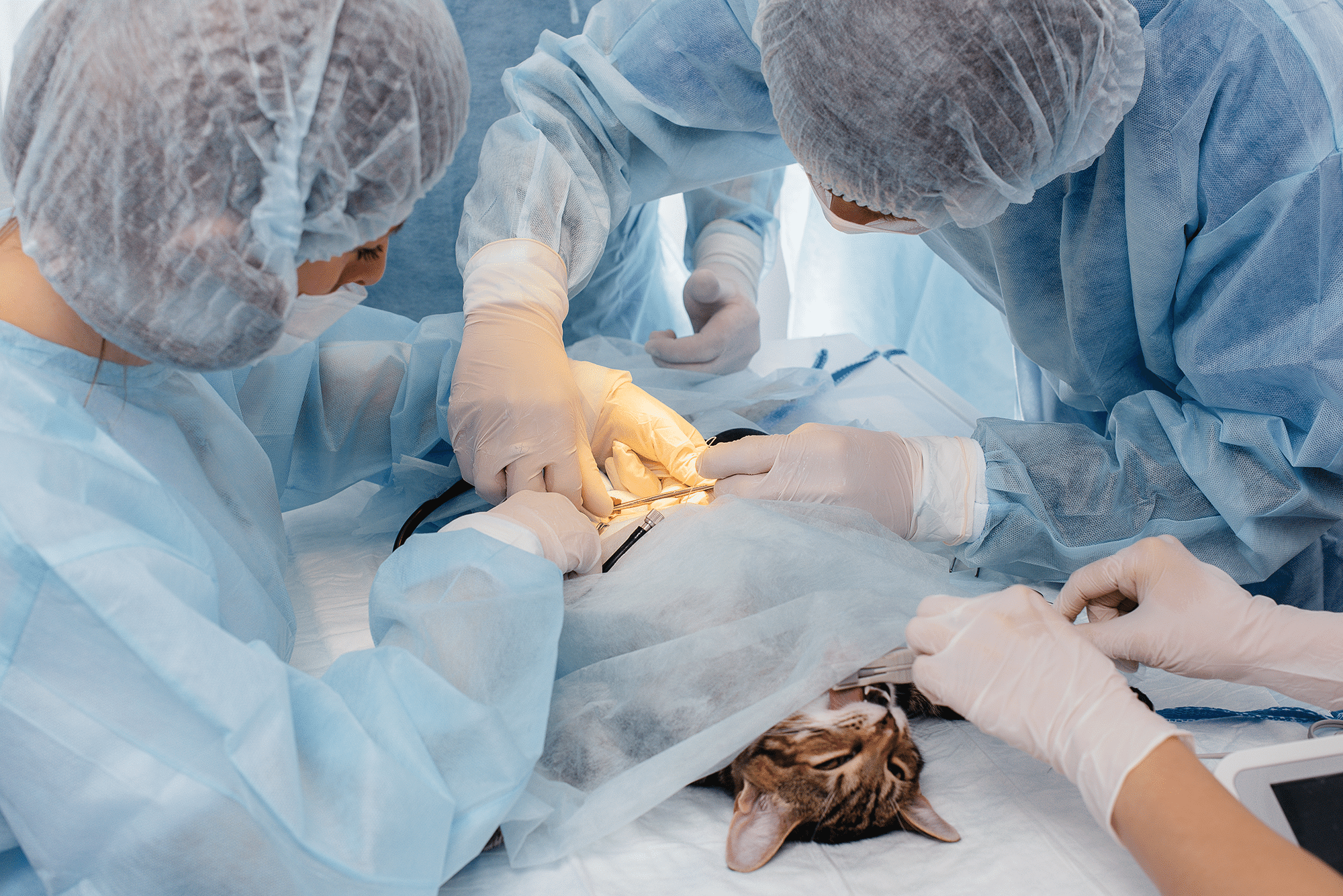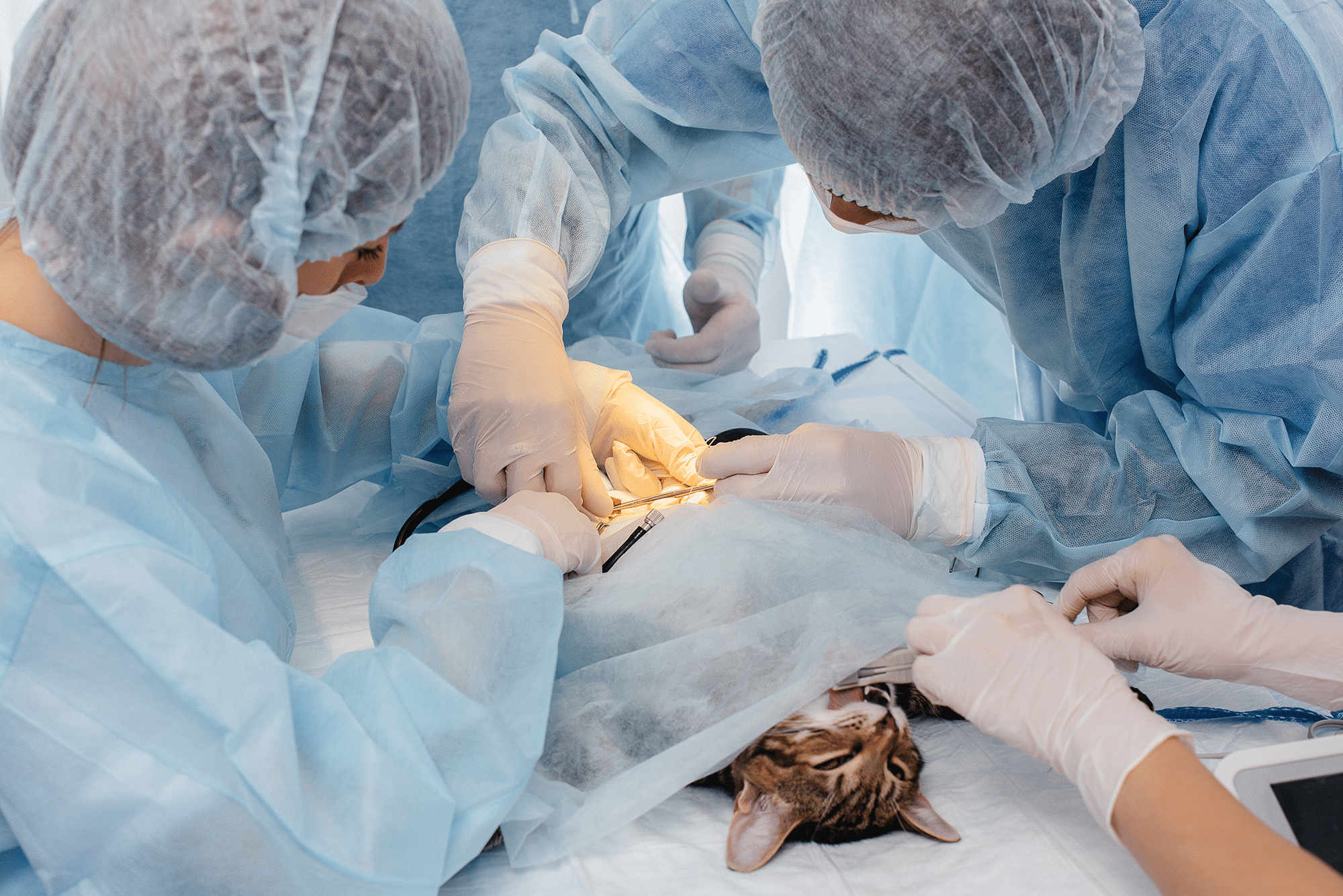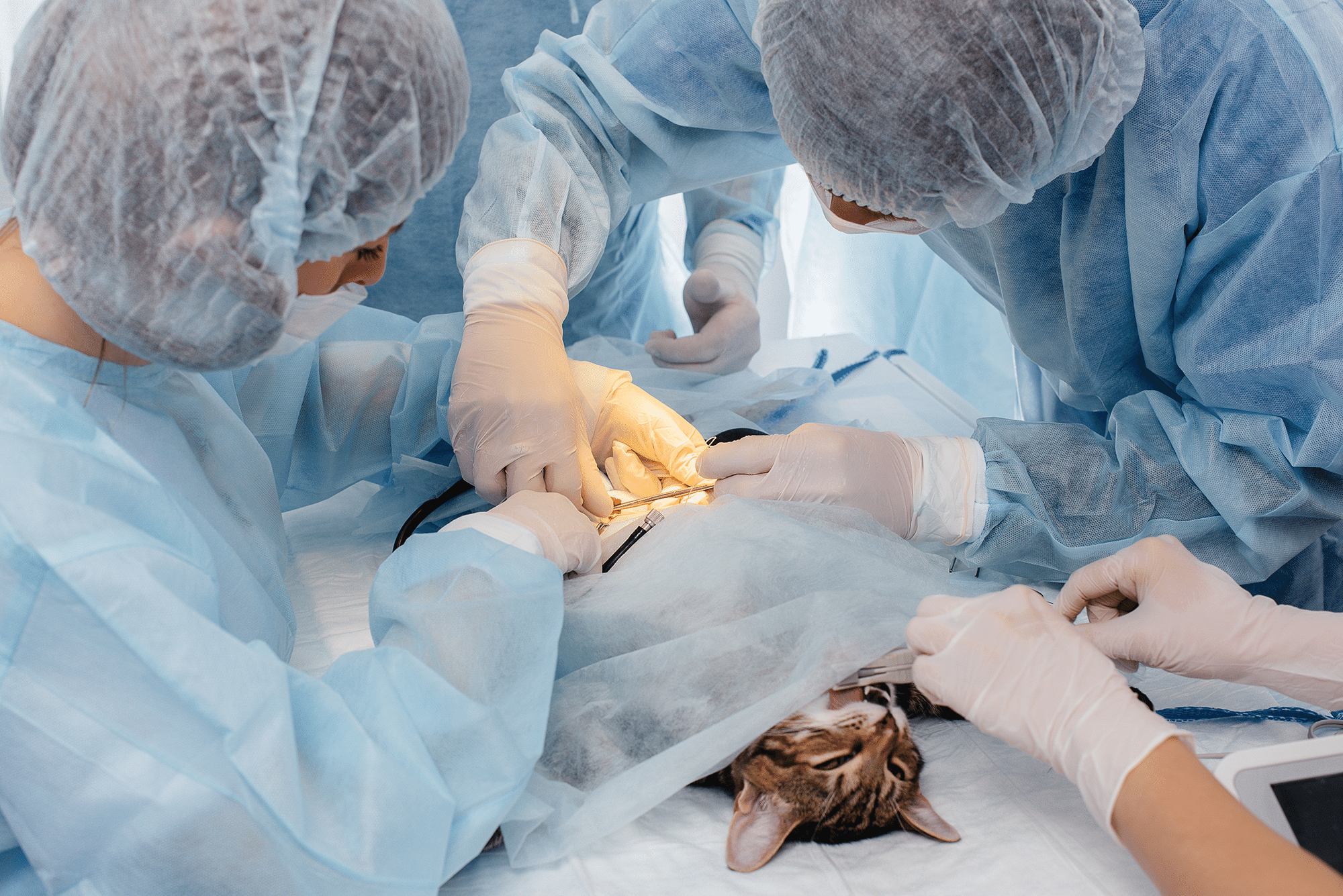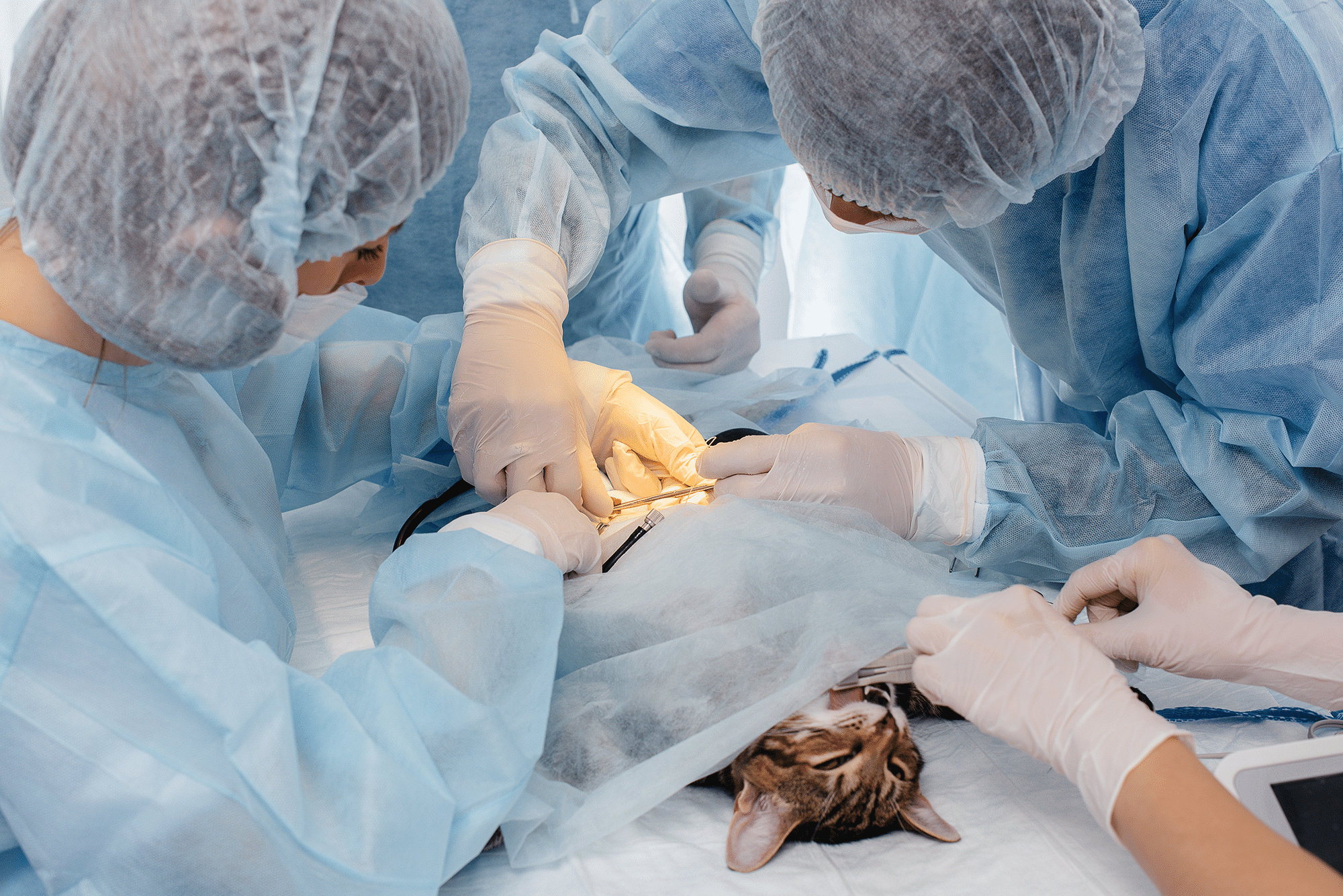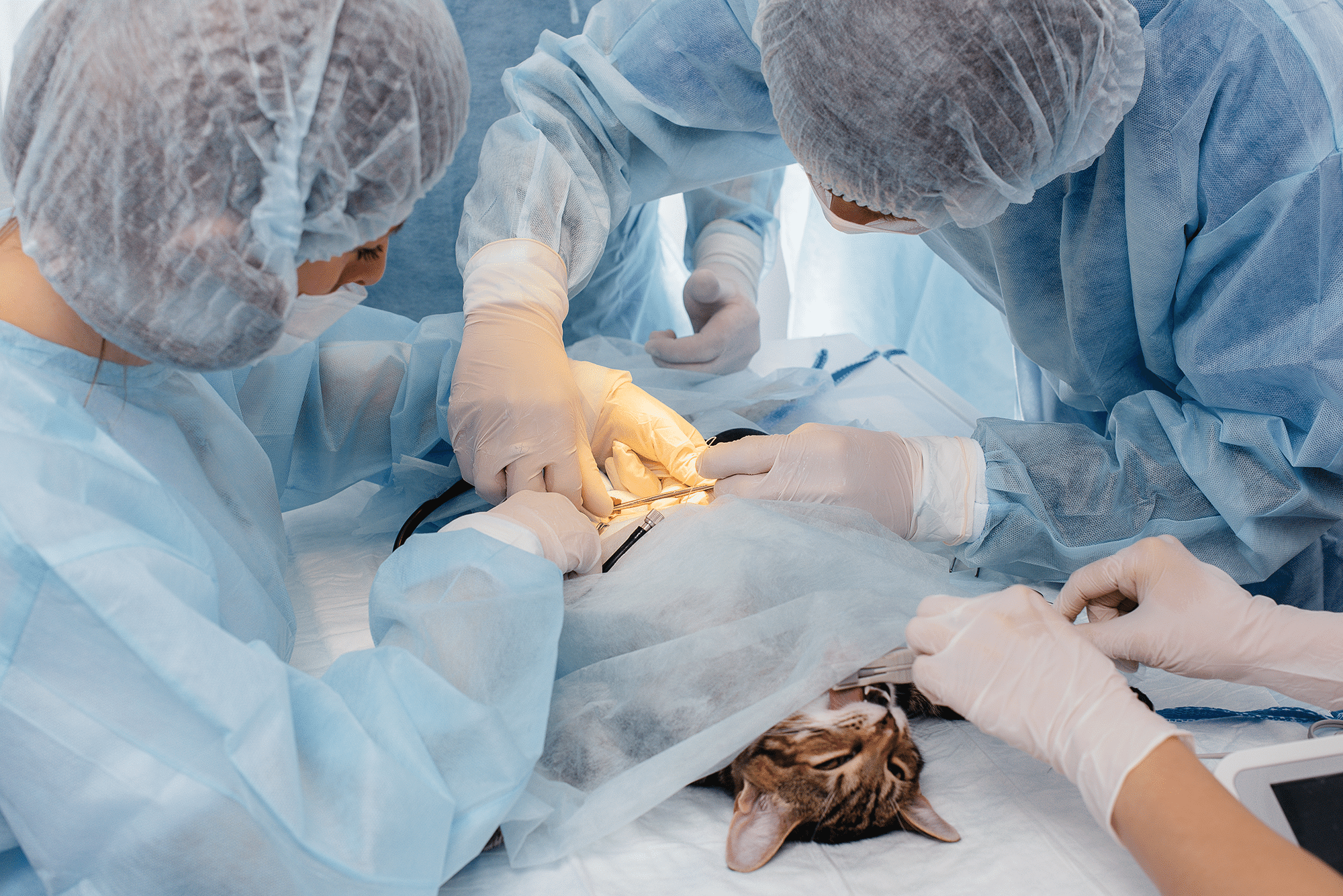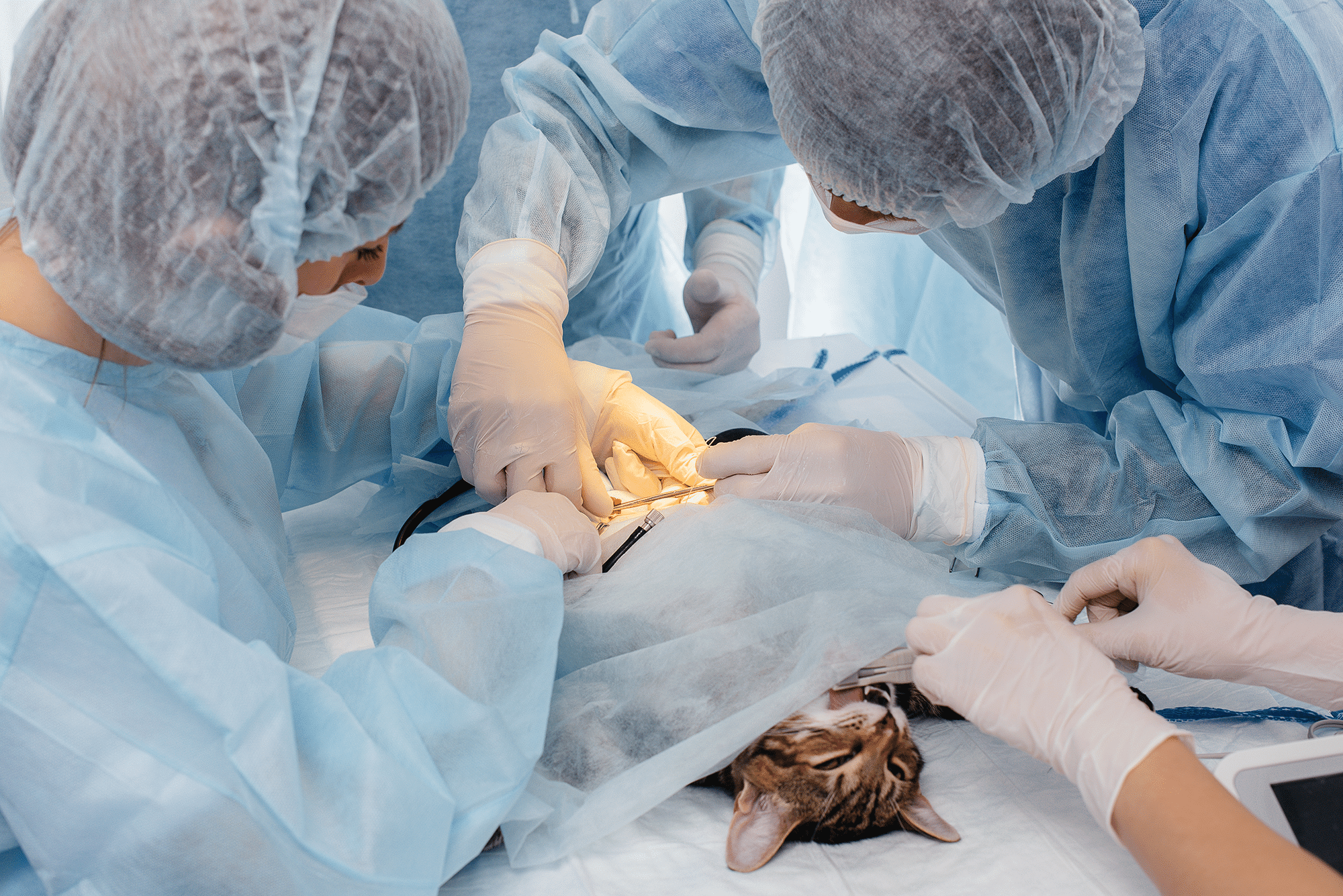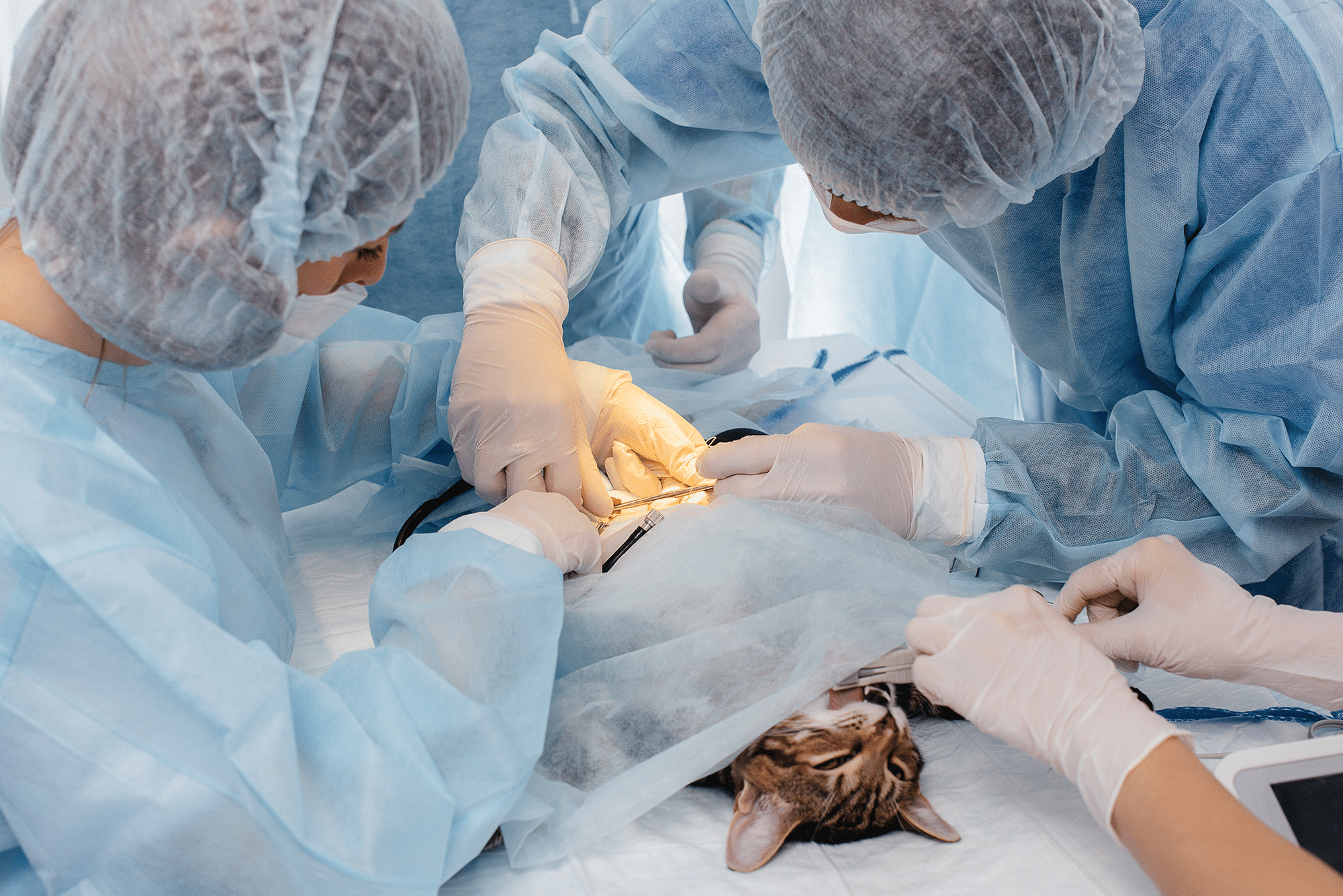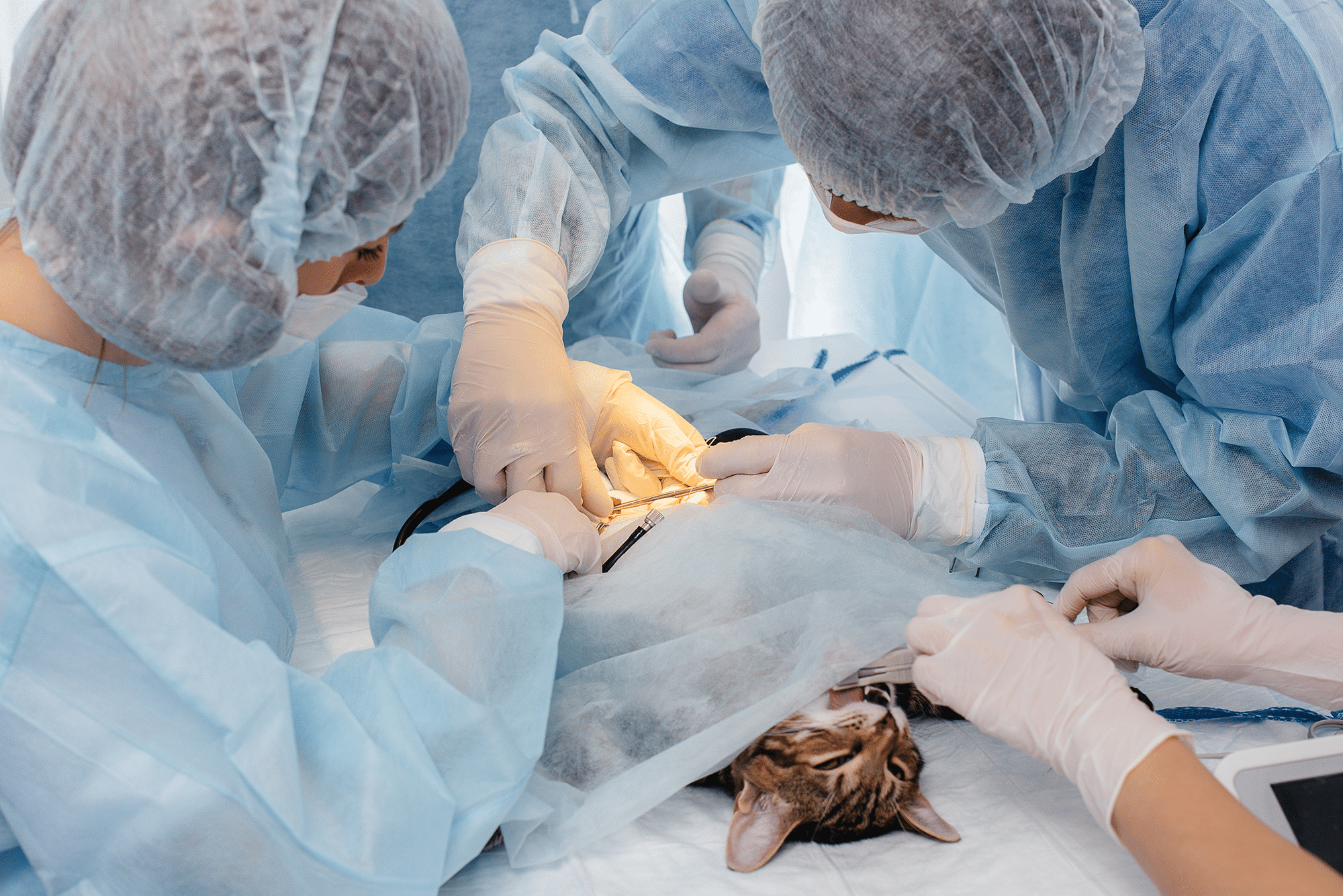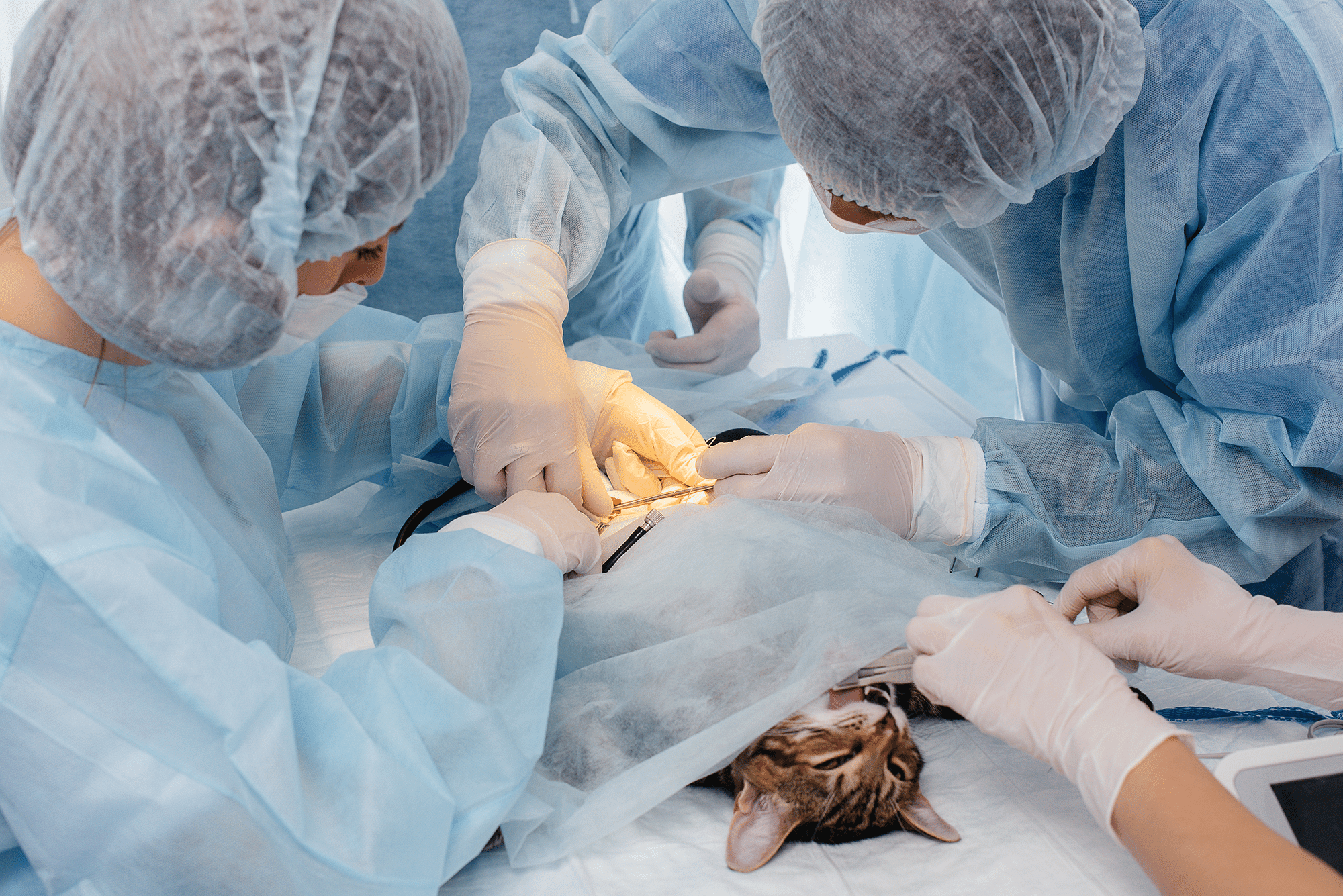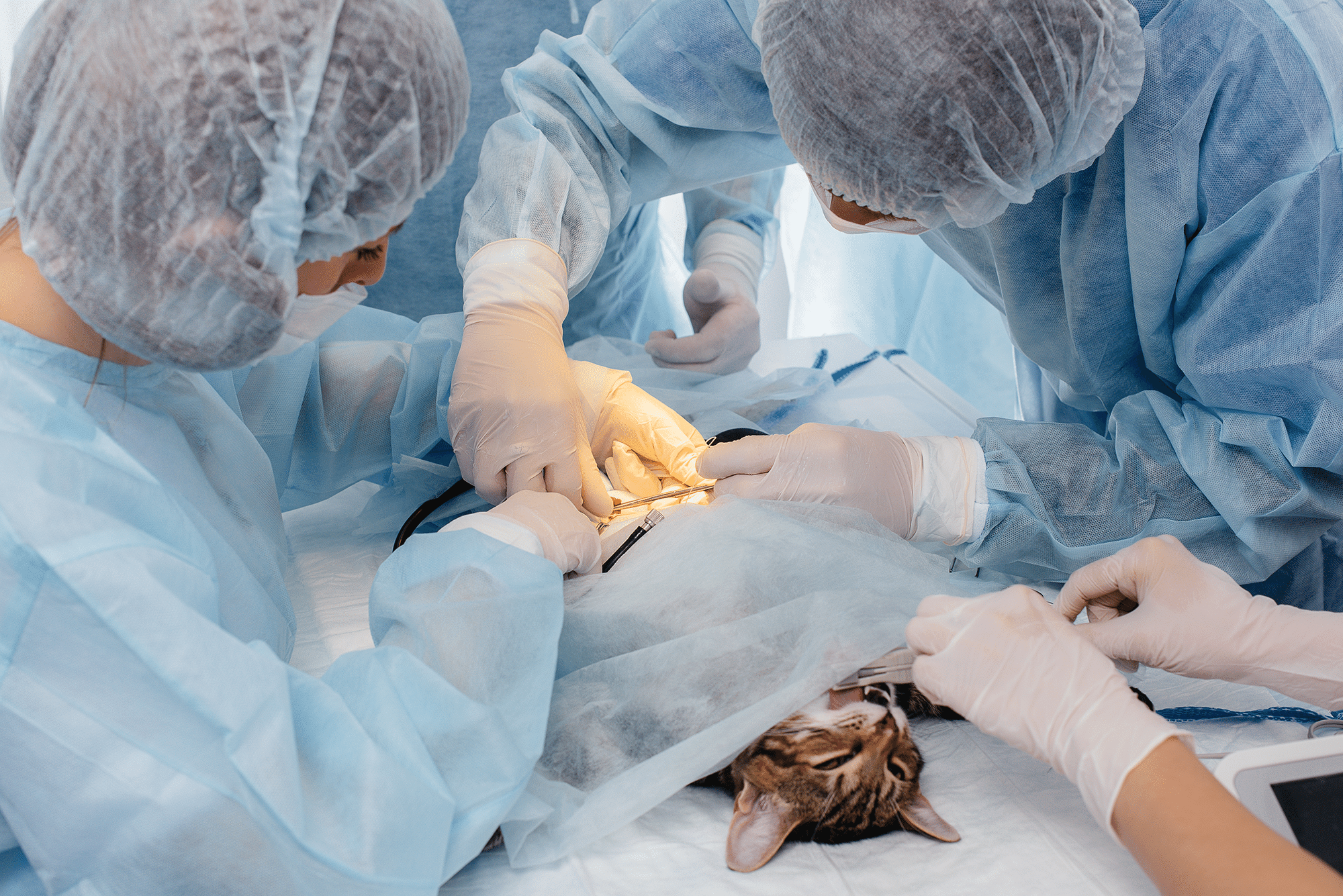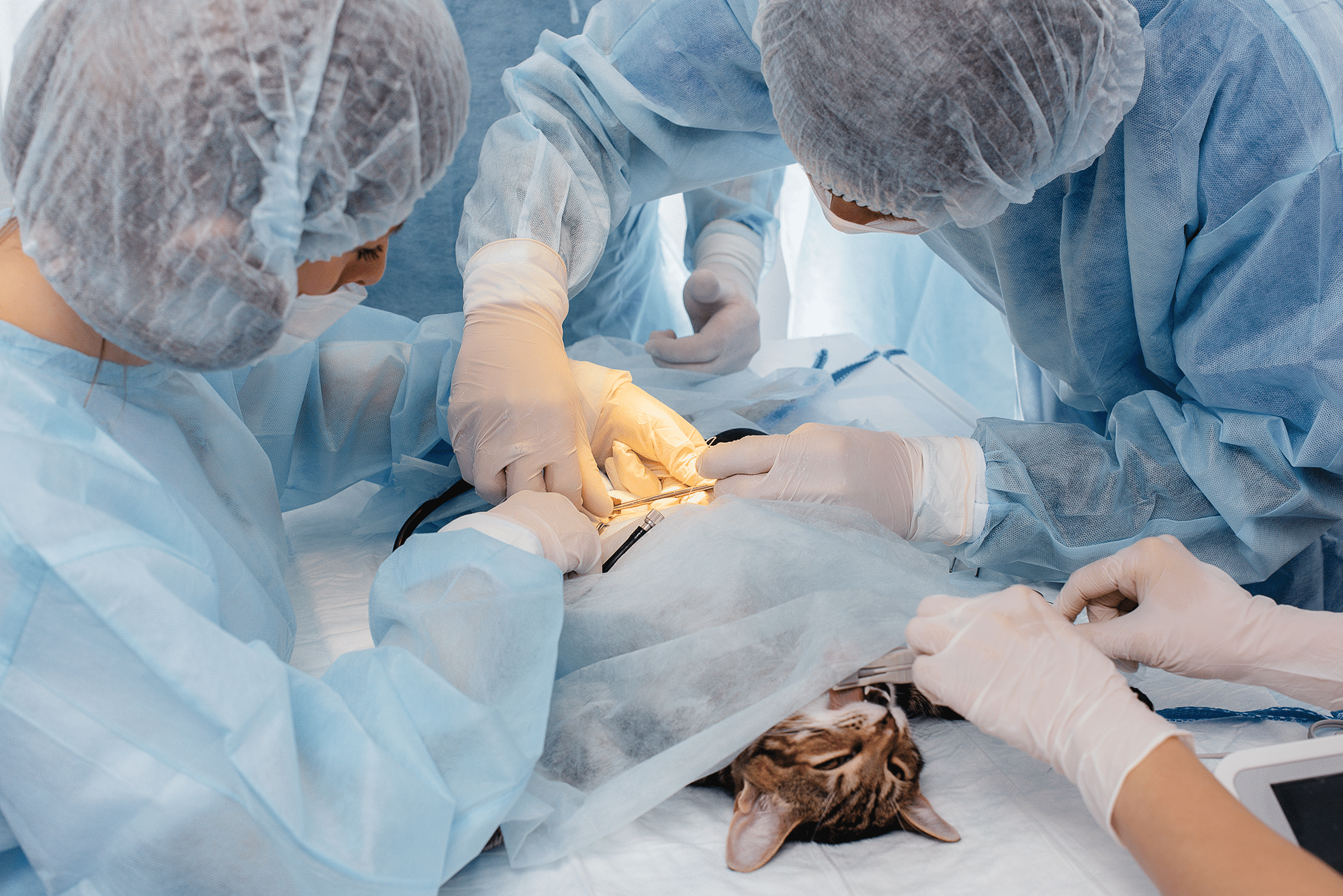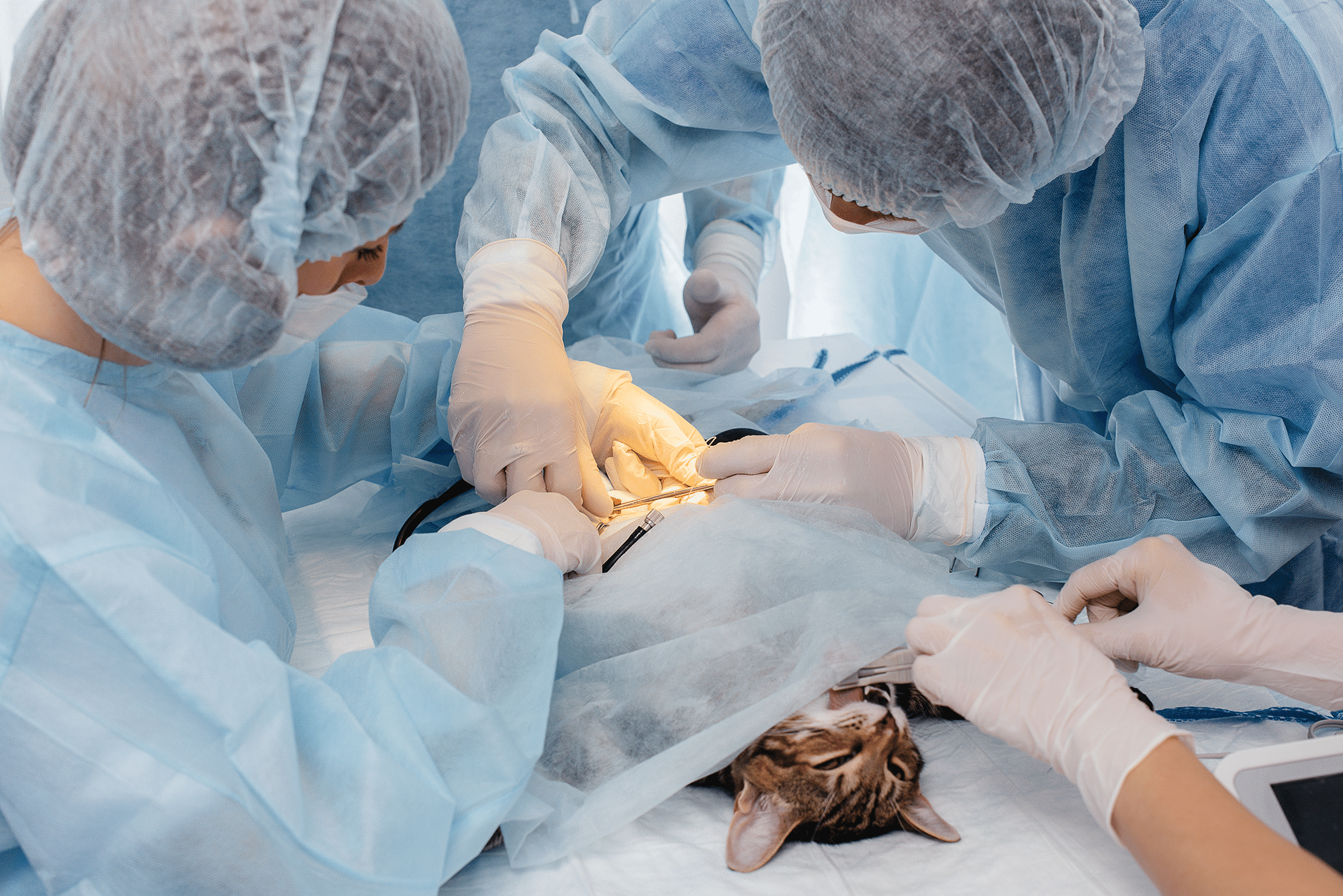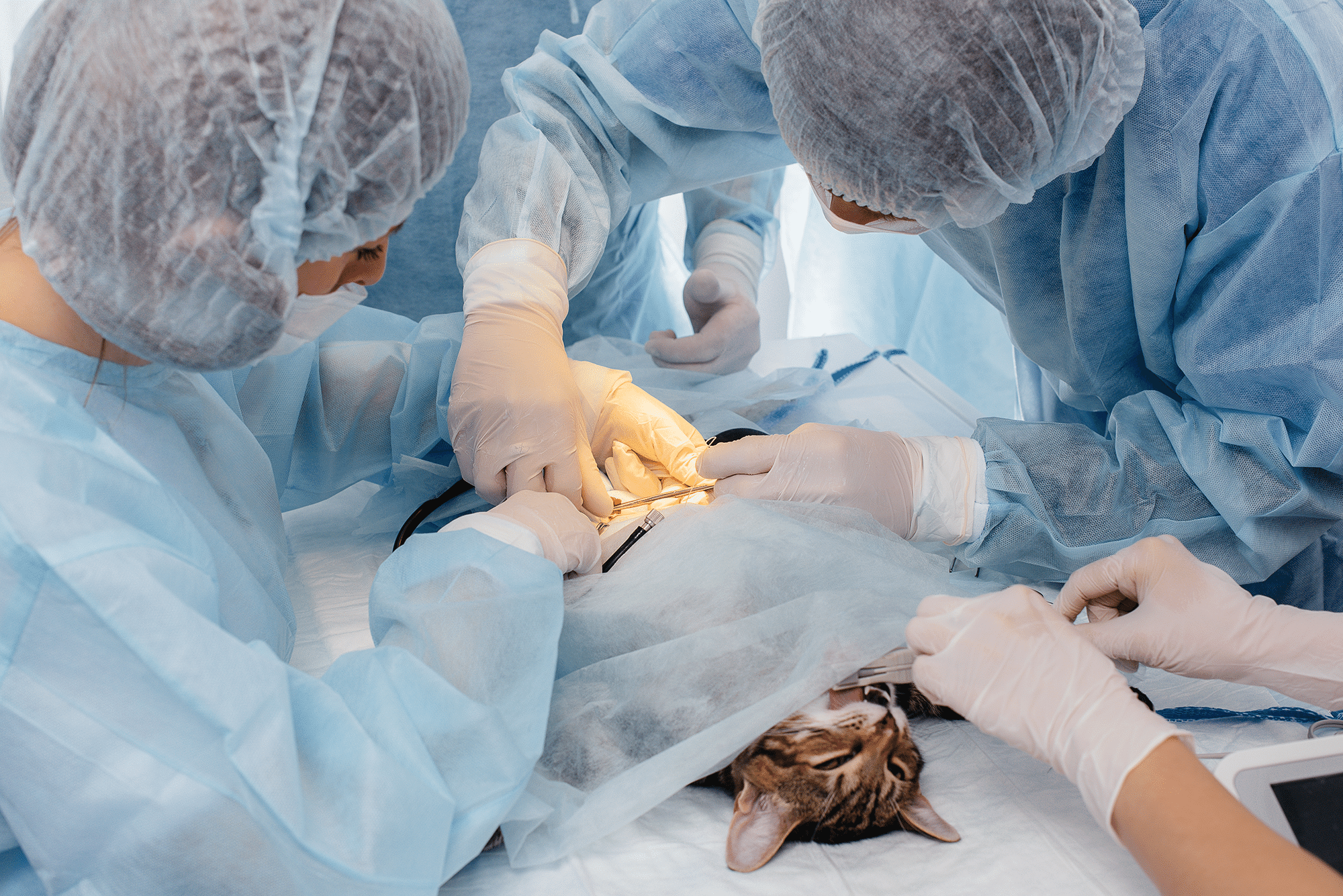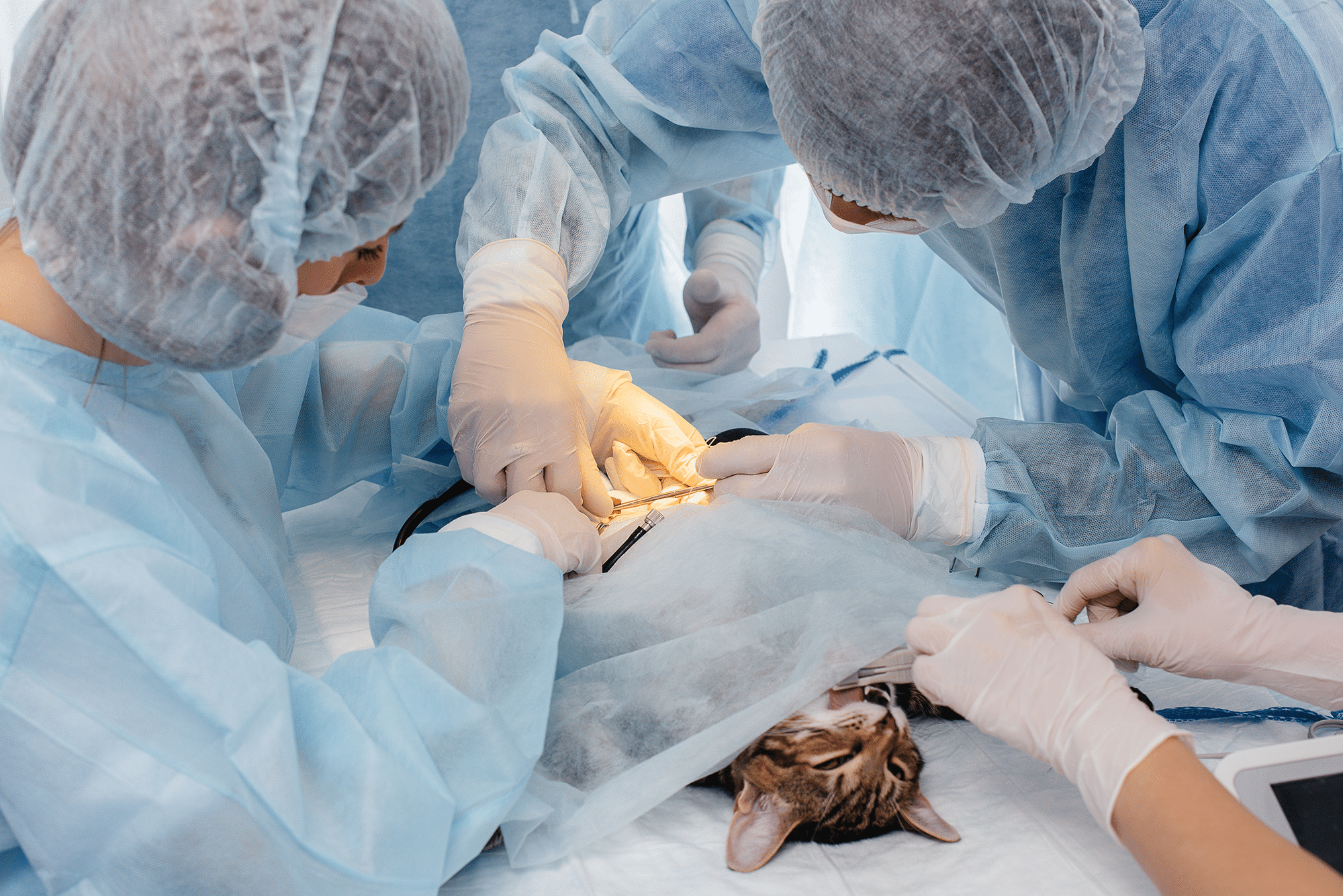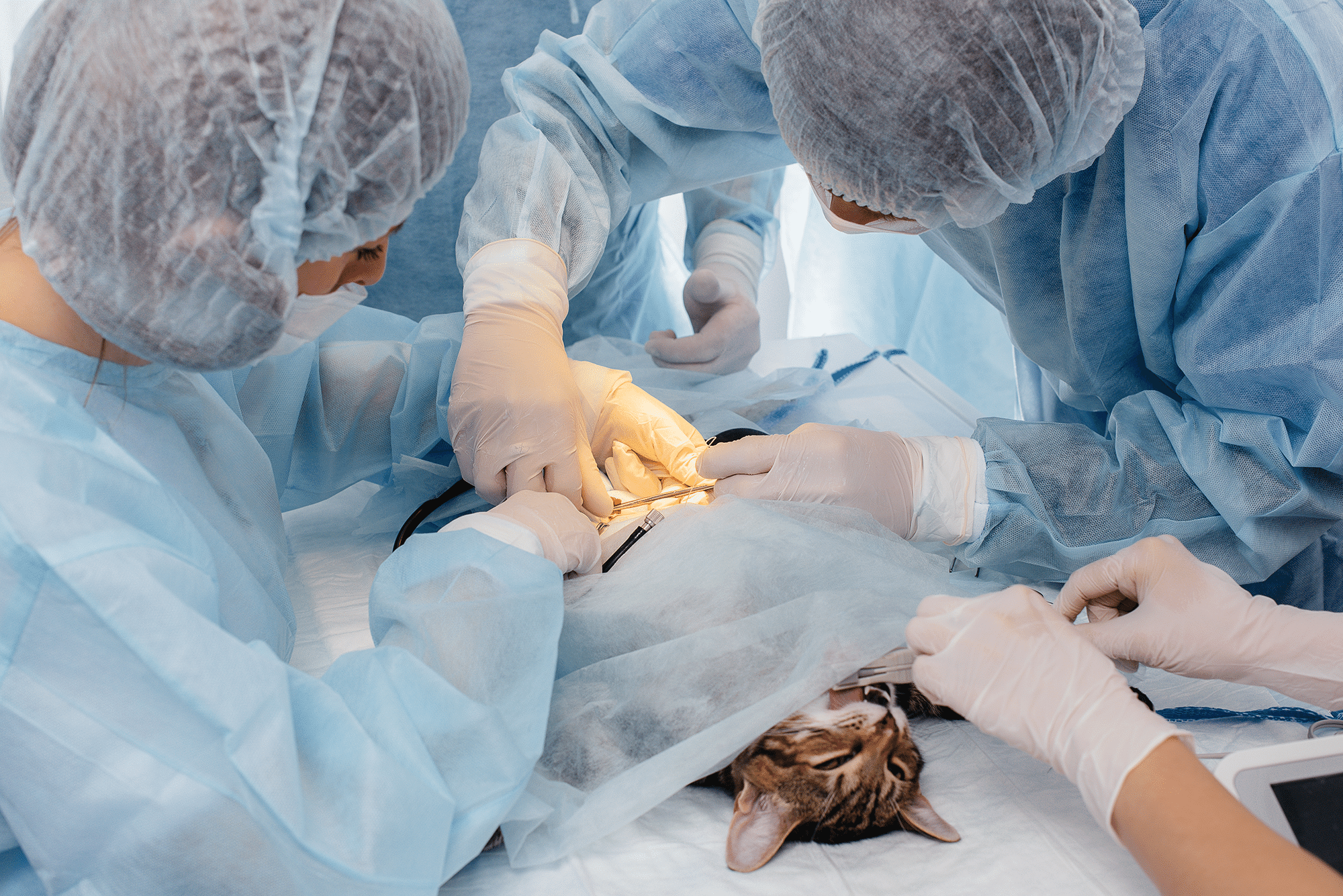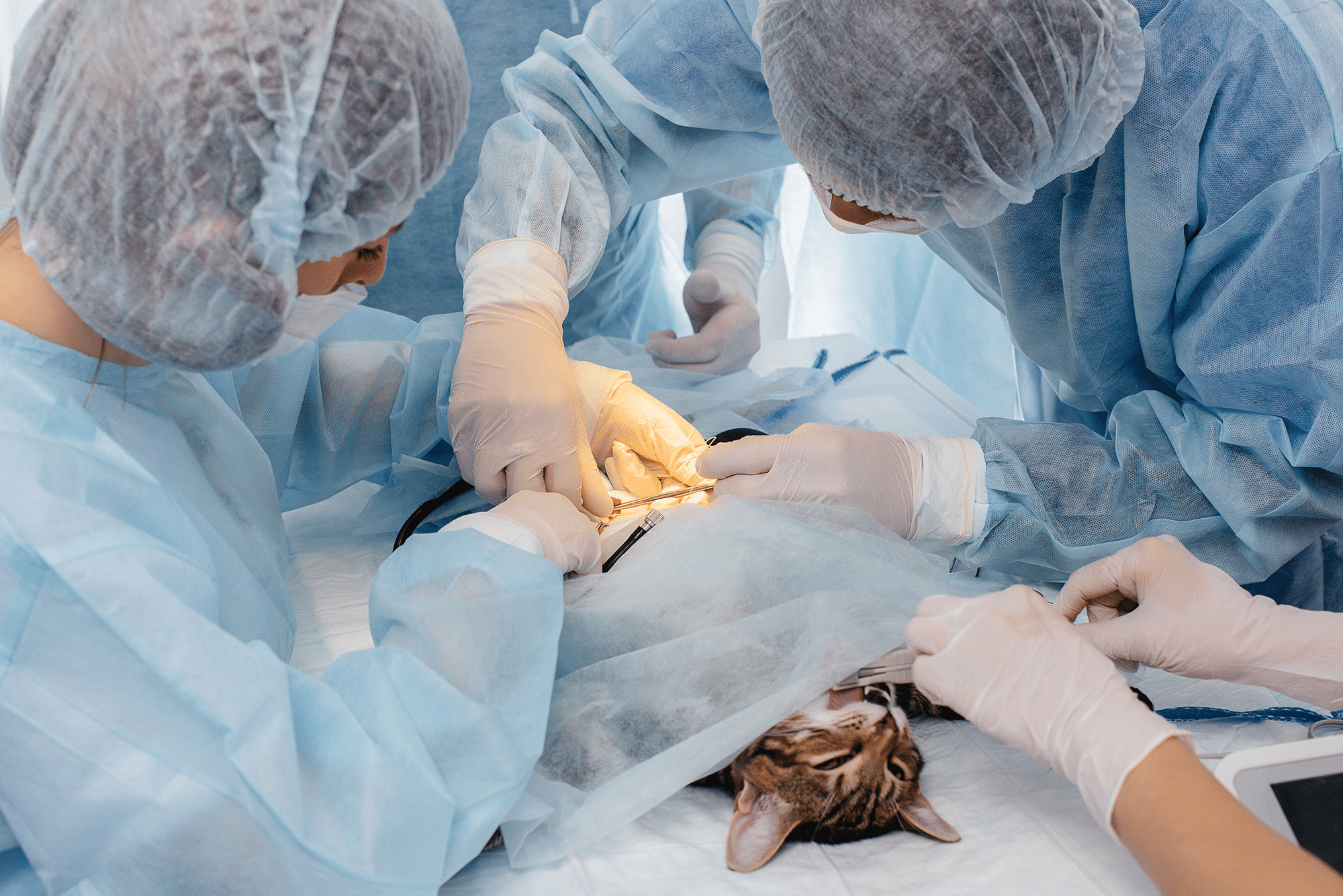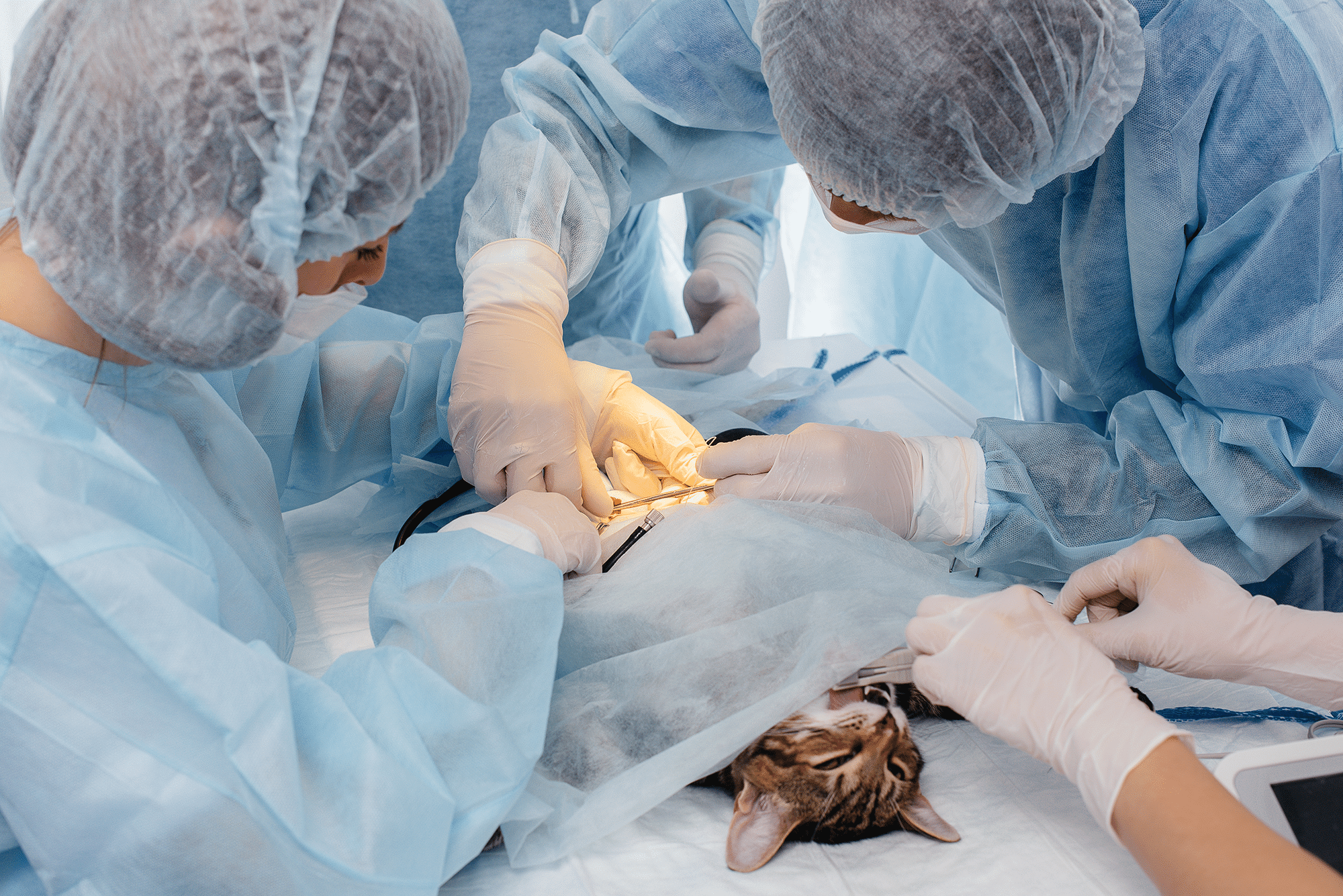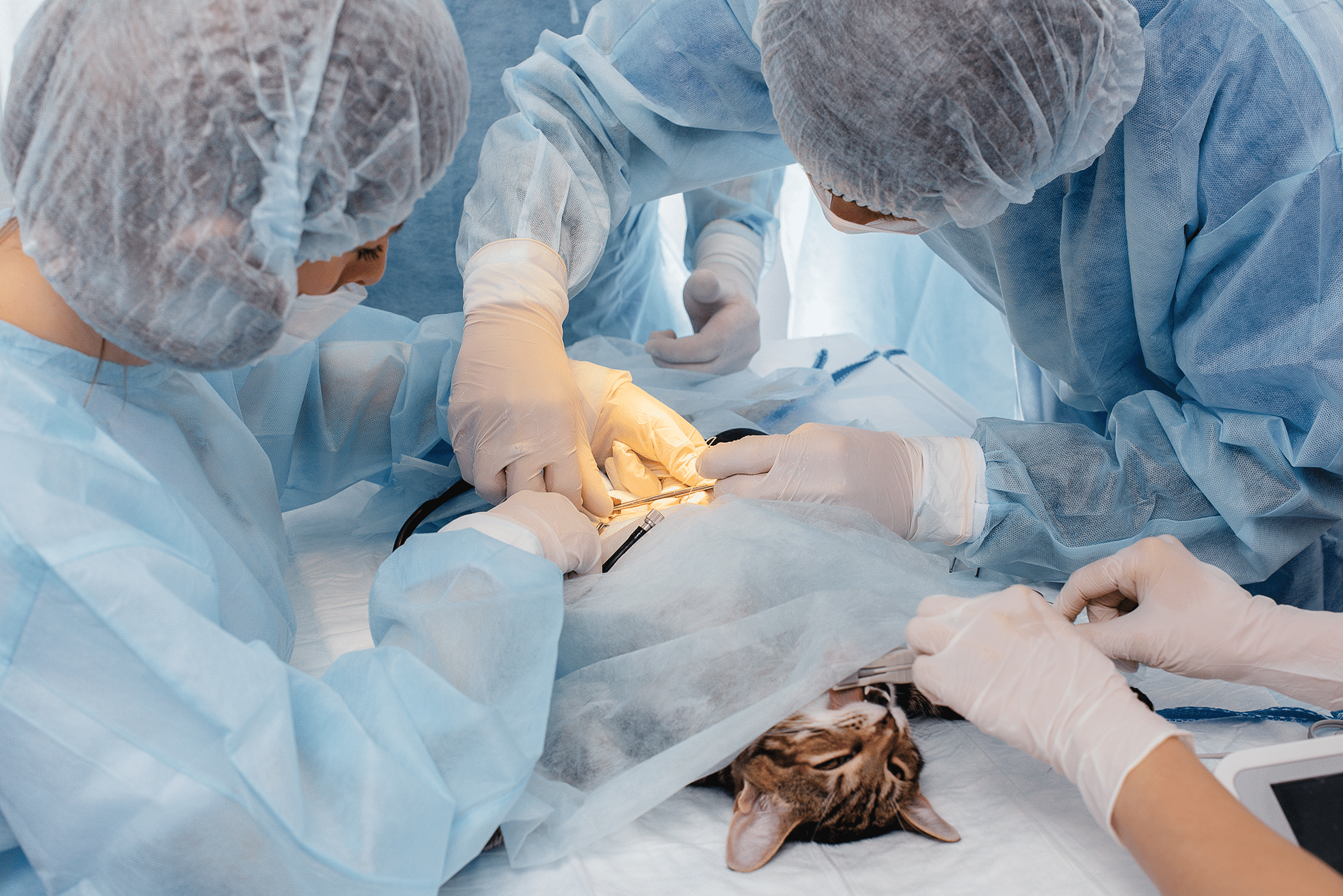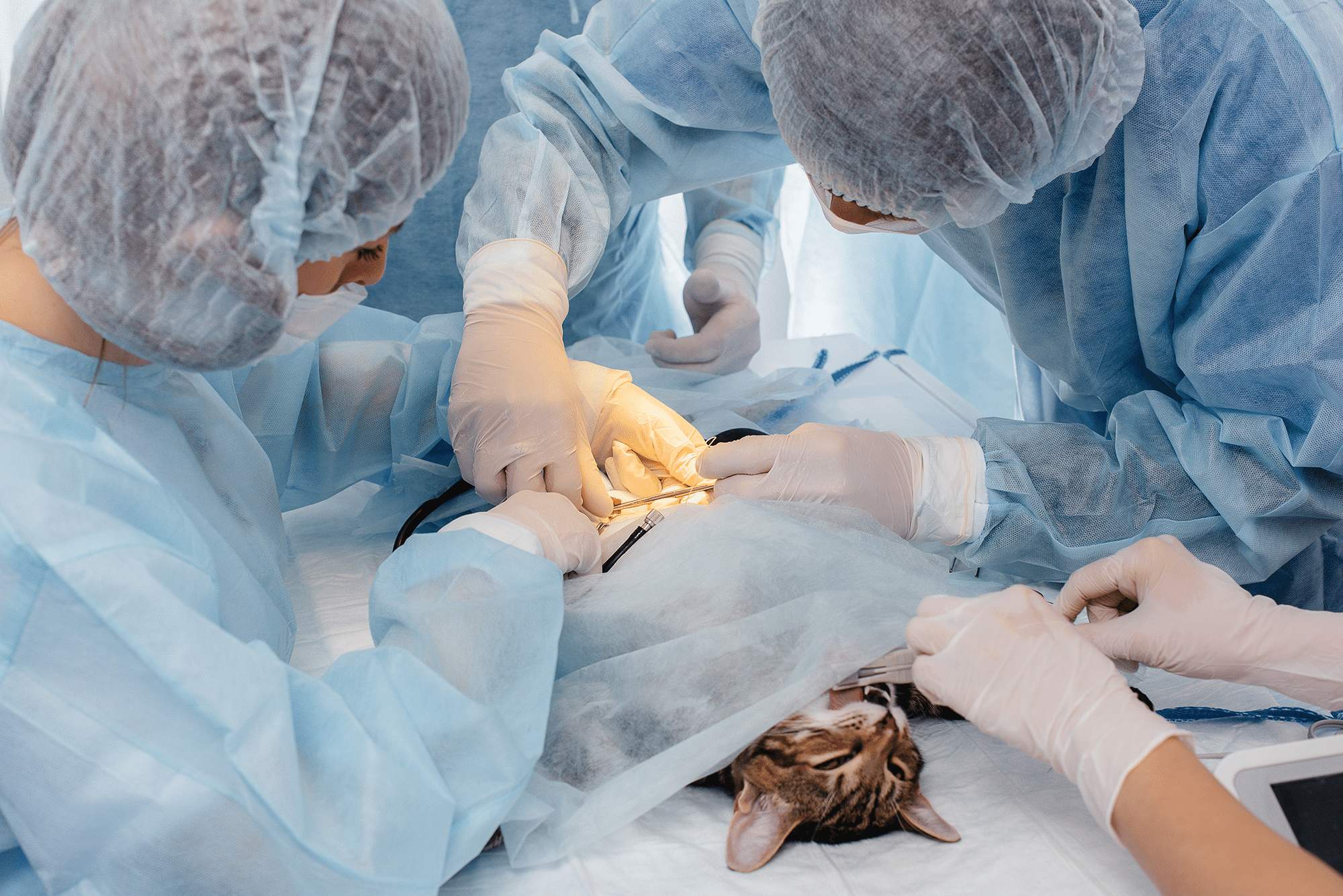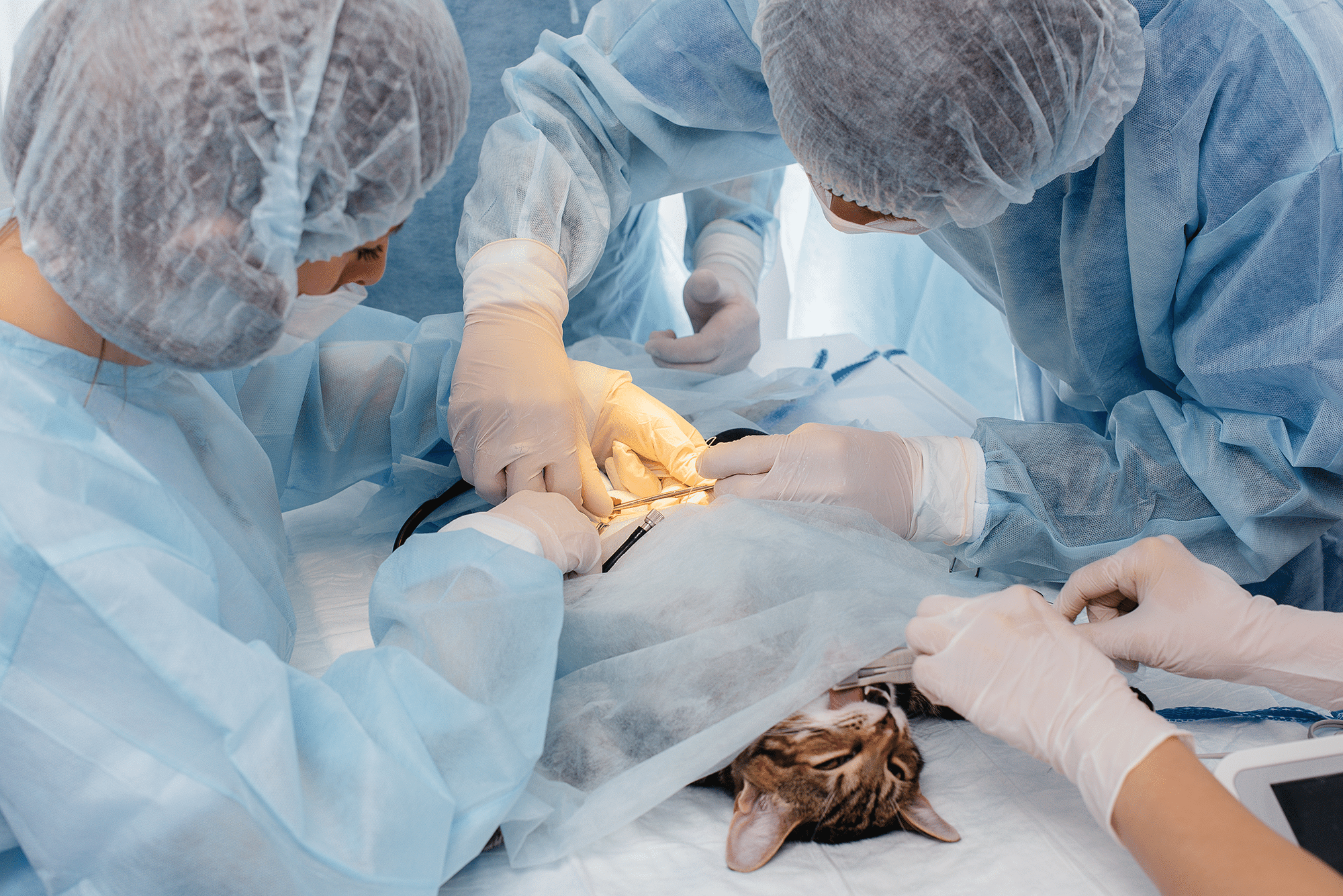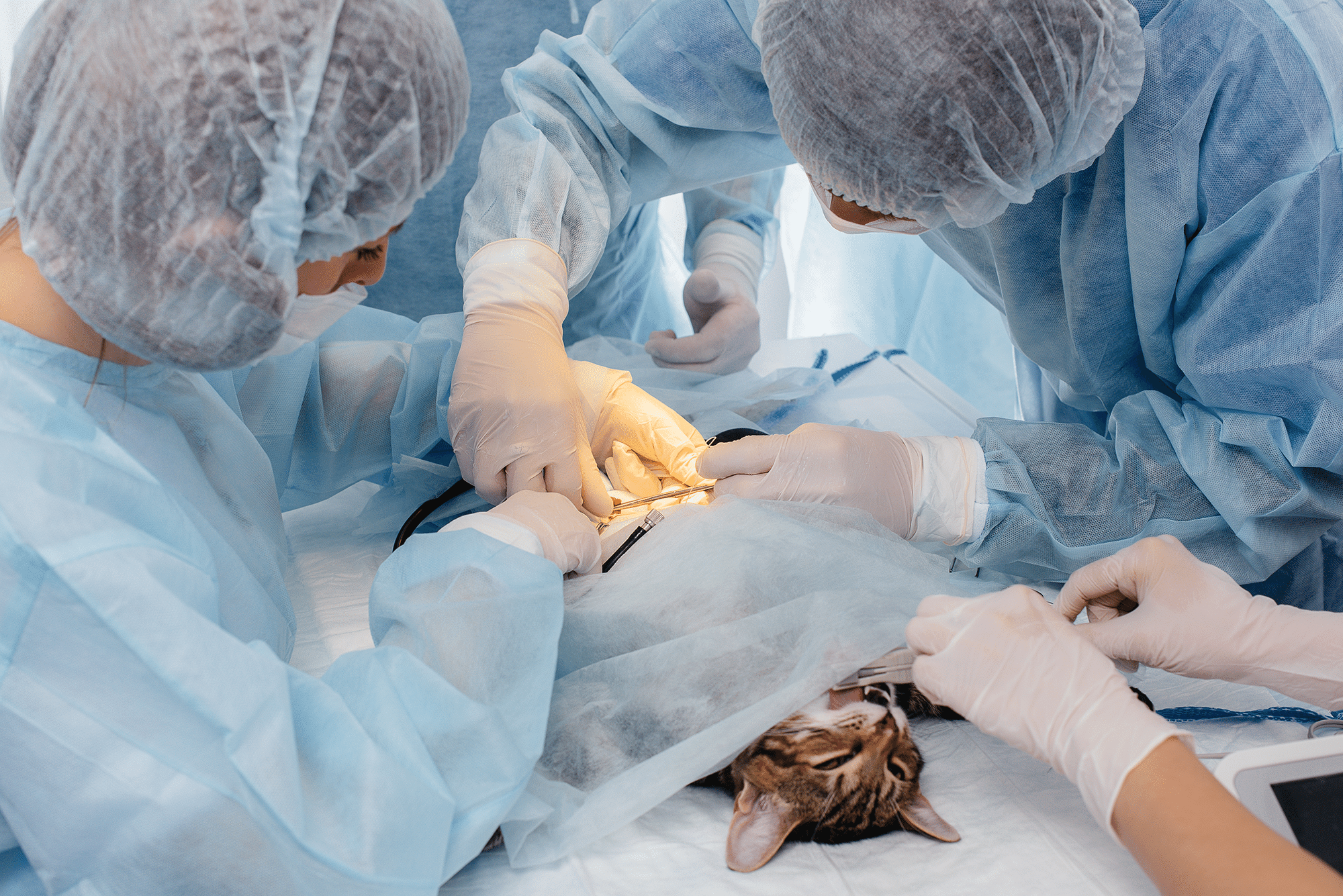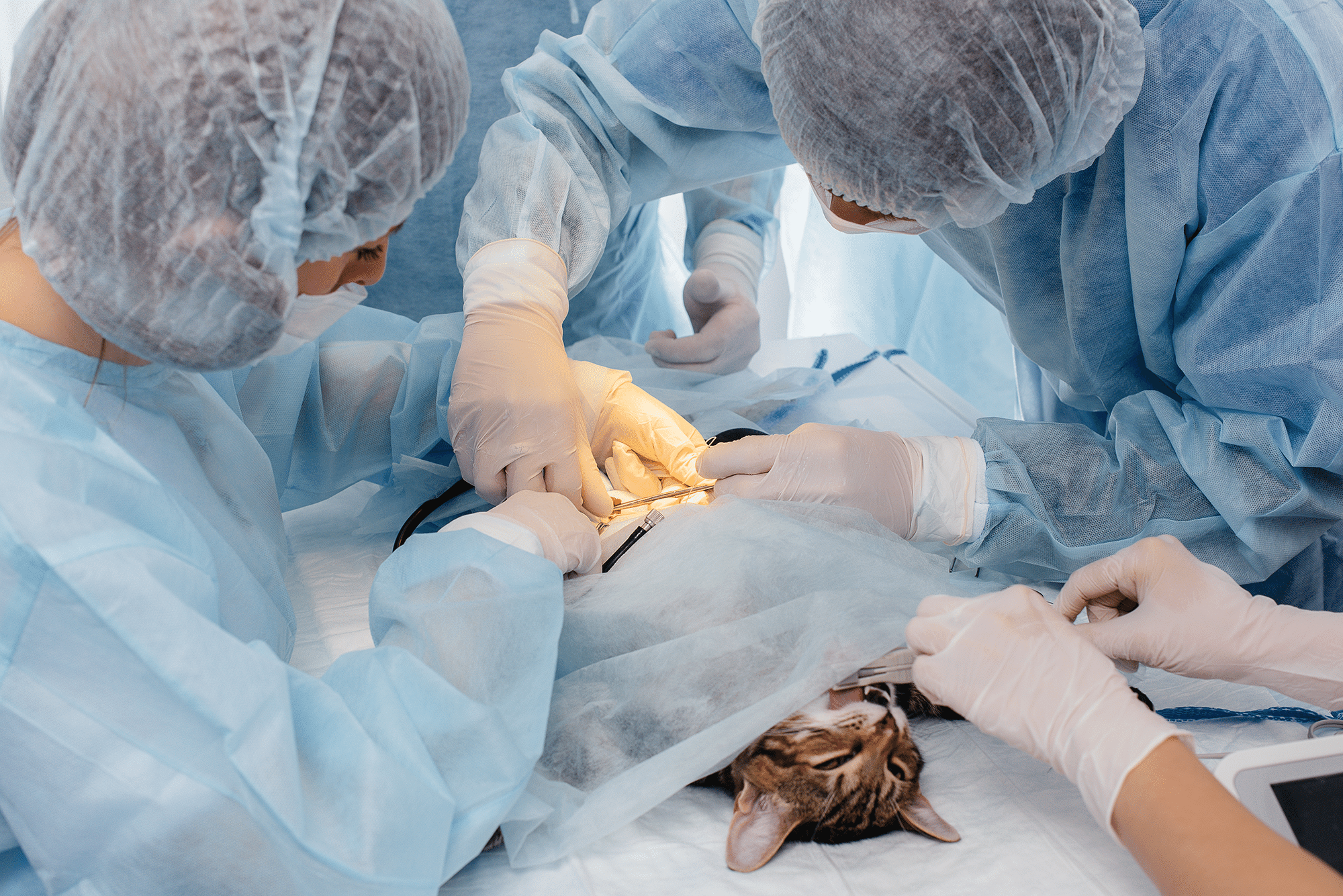Veterinary practices face unique risks when handling, storing, and administering controlled drugs. From Schedule 2 opi…
Veterinary Surgery Business Interruption Insurance: Protecting Your Practice Revenue
Running a veterinary surgery involves significant operational complexities and financial commitments. When unexpected events force your practice to close or reduce operations, the financial impact can be devastating. Veterinary Surgery Business Interruption Insurance provides crucial protection for your practice's income and ongoing expenses during periods of forced closure or reduced capacity.
What is Veterinary Surgery Business Interruption Insurance?
Business Interruption Insurance for veterinary surgeries is a specialized coverage that compensates for lost income and covers ongoing expenses when your practice cannot operate normally due to covered perils. Unlike standard property insurance that covers physical damage, business interruption insurance protects your practice's financial stability during recovery periods.
This coverage is particularly vital for veterinary practices due to their unique operational requirements, specialized equipment, and the critical nature of animal healthcare services. When your surgery is forced to close, you're not just losing daily revenue – you're also facing ongoing costs like staff salaries, loan payments, and facility expenses.
Key Coverage Areas for Veterinary Surgeries
Revenue Protection
Business interruption insurance covers lost gross profit during the indemnity period. For veterinary surgeries, this includes consultation fees, surgical procedures, diagnostic services, boarding fees, and retail sales of medications and pet supplies. The coverage calculates your average income based on historical performance and compensates for the shortfall during the interruption period.
Ongoing Expenses Coverage
Your practice continues to incur expenses even when closed. The insurance covers essential ongoing costs including staff salaries, rent or mortgage payments, utility bills, insurance premiums, loan repayments, and equipment leasing costs. This ensures you can maintain your team and facility during the recovery period.
Additional Expenses
The policy covers reasonable additional expenses incurred to minimize the interruption period or maintain operations. This might include temporary facility rental, emergency equipment hire, overtime costs for staff, or expedited repairs to critical systems.
Extended Indemnity Period
Veterinary practices often experience a gradual return to normal operations. Extended indemnity coverage protects against reduced income during the recovery phase, even after physical repairs are complete, as client confidence and appointment schedules return to normal levels.
Common Risks Requiring Business Interruption Coverage
Equipment Failure
Veterinary surgeries rely heavily on specialized equipment including X-ray machines, surgical instruments, anesthetic equipment, and diagnostic tools. Equipment failure can force partial or complete closure until repairs or replacements are completed. Modern veterinary equipment is expensive and often requires specialized technicians for repairs.
Fire and Flood Damage
Fire or flood damage to your surgery can result in extended closure periods. Beyond property damage, contamination concerns, electrical system damage, and the need for specialized cleaning can significantly extend closure periods. Veterinary facilities have particular challenges with contamination protocols and sterile environment requirements.
Infectious Disease Outbreaks
Disease outbreaks affecting animals or staff can force temporary closure. This includes situations where your practice becomes a disease control zone, staff shortages due to illness, or mandatory quarantine periods. Recent events have highlighted how infectious diseases can severely impact veterinary operations.
Utility Failures
Loss of electricity, water, or heating can make veterinary operations impossible. Surgeries require consistent power for life support equipment, refrigeration for medications and vaccines, and climate control for animal comfort. Extended utility failures can force complete closure.
Key Personnel Absence
If key veterinary surgeons become unable to work due to illness or injury, the practice may need to reduce services or close temporarily. This is particularly challenging for smaller practices with limited veterinary staff coverage.
Calculating Your Coverage Needs
Gross Profit Assessment
Calculate your annual gross profit by subtracting variable costs from total revenue. Variable costs include items that would not be incurred during closure, such as medical supplies, medications, and temporary staff costs. Fixed costs like rent, permanent staff salaries, and insurance continue during closure.
Indemnity Period Selection
Choose an indemnity period that reflects realistic recovery times for your practice. Consider the time needed for property repairs, equipment replacement, staff rehiring, and client base recovery. Most veterinary surgeries select 12-24 month indemnity periods, though complex practices may require longer coverage.
Seasonal Variations
Account for seasonal fluctuations in your veterinary business. Many practices experience higher activity during certain periods, such as summer months for routine procedures or winter for emergency treatments. Ensure your coverage reflects these variations.
Trends Affecting Veterinary Business Interruption
Increased Pet Ownership
Growing pet ownership increases demand for veterinary services but also raises the stakes for business interruption. Higher client expectations and increased competition mean that extended closures can result in permanent client loss to competitor practices.
Technological Dependencies
Modern veterinary practices increasingly rely on digital systems for appointments, records, diagnostics, and payment processing. Cyber incidents or technology failures can significantly impact operations, making business interruption coverage more critical.
Specialized Services
Many veterinary surgeries now offer specialized services like advanced surgery, oncology, or emergency care. These high-value services generate significant revenue but also create greater exposure to business interruption losses due to their specialized equipment and staffing requirements.
Staff Shortages
The veterinary industry faces ongoing staff shortages, particularly for qualified veterinary surgeons and nurses. This makes practices more vulnerable to business interruption when key staff members are unavailable.
Policy Considerations for Veterinary Surgeries
Professional Fees Coverage
Ensure your policy covers professional fees for architects, surveyors, and specialized consultants needed for practice reconstruction. Veterinary facilities often require specialized design for infection control, waste management, and equipment installation.
Denial of Access Coverage
This covers situations where your practice is physically undamaged but inaccessible due to nearby incidents. For example, if emergency services cordon off your area due to a gas leak or police incident, preventing client access to your surgery.
Disease Coverage
Specific coverage for closure due to notifiable animal diseases or human infectious diseases affecting your practice. This is particularly relevant for mixed practices dealing with farm animals or practices in areas prone to disease outbreaks.
Suppliers and Customers Extensions
Coverage for losses arising from interruption to key suppliers (such as pharmaceutical companies) or major customers (such as breeding facilities or rescue organizations) that significantly impact your revenue.
Working with Insurance Providers
Accurate Declarations
Provide accurate information about your practice's revenue, expenses, and operations. Include details about specialized services, emergency coverage arrangements, and seasonal variations. Underinsurance can significantly reduce claim settlements.
Regular Reviews
Review your coverage annually to account for practice growth, new services, equipment additions, or changes in operating costs. Business interruption needs often increase as practices expand and become more complex.
Claims Preparation
Maintain detailed financial records to support potential claims. This includes profit and loss accounts, appointment records, supplier invoices, and staff cost records. Good record-keeping significantly speeds up claims settlement.
Risk Management Integration
Work with insurers who understand veterinary operations and can provide risk management advice. This might include equipment maintenance programs, emergency planning, or staff training to minimize interruption risks.
Cost Factors and Considerations
Business interruption insurance costs for veterinary surgeries typically range from 0.1% to 0.5% of the sum insured annually. Factors affecting premiums include practice size, location, services offered, claims history, and risk management measures in place.
Practices with higher-risk profiles, such as those offering emergency services or complex surgical procedures, may face higher premiums but also have greater exposure to business interruption losses. The cost of coverage should be weighed against the potentially devastating financial impact of an uninsured business interruption.
Conclusion
Veterinary Surgery Business Interruption Insurance is essential protection for any practice serious about financial security. The specialized nature of veterinary operations, combined with high fixed costs and equipment dependencies, creates significant exposure to business interruption losses.
The key is selecting appropriate coverage limits and indemnity periods that reflect your practice's specific risks and recovery requirements. Work with insurance providers who understand veterinary operations and can tailor coverage to your practice's unique needs.
Don't wait until disaster strikes to discover gaps in your coverage. Review your business interruption insurance regularly and ensure it evolves with your practice. The cost of comprehensive coverage is minimal compared to the potential financial devastation of an uninsured business interruption.
For expert advice on Veterinary Surgery Business Interruption Insurance tailored to your practice's specific needs, contact Insure24 at 0330 127 2333. Our specialists understand the unique challenges facing veterinary surgeries and can help ensure your practice is properly protected against business interruption risks.


 0330 127 2333
0330 127 2333
